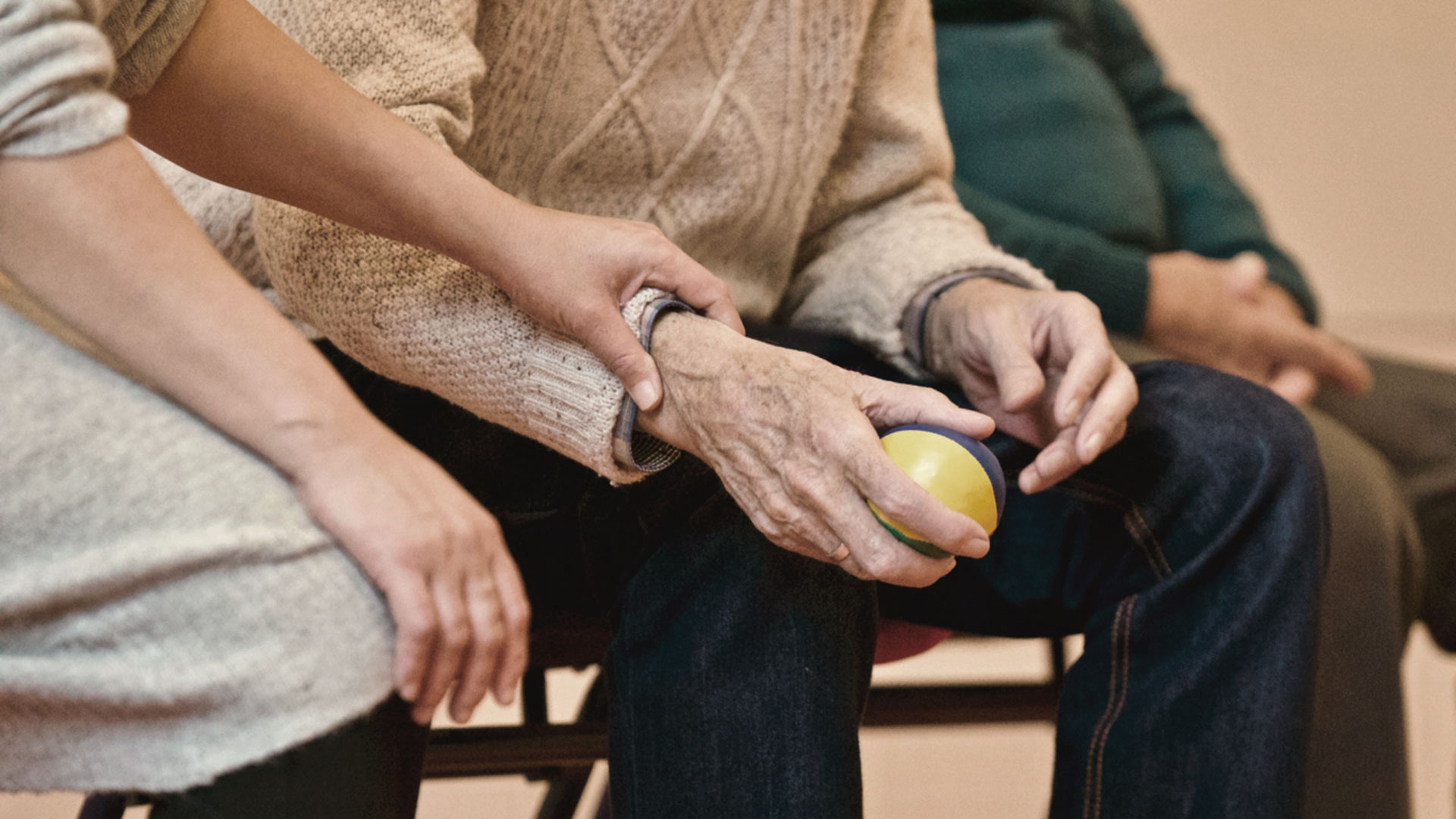One of the most frequent health problems as we age, and very debilitating, is surely pain in the joints, particularly the hips and knees. To refer to these pains, the terms arthritis and rheumatism are often used. The term arthritis covers a large number of joint problems, of which osteoarthritis and gout are the most frequent. Osteoarthritis affects up to 65% of people over 65 and 80% of people 80 and over.
Osteoarthritis has long been considered as wear and tear. This is good cartilage wear, but there are several forms of osteoarthritis, several types of causes and several aggravating factors involved. Simply put, there is a lack of cartilage between two bones in a joint. From a biological point of view, cartilage has two main functions. In addition to allowing the bones to move without friction (with the synovial fluid), the cartilage also prevents the bones from welding together. And yes, a bit like that of a fracture, two neighboring bones not covered with cartilage have the reflex to weld together.
The lack of cartilage caused by osteoarthritis allows bone to develop in an area where it usually does not have access. It creates growths (bone spurs) which accentuate the pains and the mobility of the joint. Of course, all this is not done through the snap of your fingers. Cartilage breakdown is generally slow and is naturally compensated for by the production of new cartilage. Problems arise when it wears out faster than what we can fix. For example, obesity increases wear and inflammation reduces repair. Generally, the faster wear and tear can be caused by an old injury, intense sport, being overweight, or problems with inflammation or an impaired immune system. So anything that is pro-inflammatory can accelerate the development of osteoarthritis and increase pain.
Rheumatoid arthritis is caused by an attack on the immune system in the joints. It is an autoimmune disease; our immune system thinks that components of our joints are bad and decides to destroy them. It is much more common in women than men and usually affects the hands, wrists and feet first.
The third most common form is gout. This is more common in men than women. These are deposits of uric acid crystals in the joints (often the big toe, feet, ankles, hands, knees or elbows). In this reversible case, dietary changes can often completely resolve the situation, although anti-inflammatories and antioxidants can help a lot.
Now that we’ve given some explanation, let’s talk about Vitoli Joints. Vitoli Joints is based on a meta-analysis from the University of Toronto (Gagnier et al, 2004). It is the most concentrated extract of Devil’s Claw, of very high quality (double standardization), accompanied by the most powerful and exclusive antioxidants in the Vitoli product range: the Provitol Complex. You should know that Canadian regulations do not oblige companies to sell their products at the dose necessary to obtain the best efficacy. This is the case in Germany, where high-quality extracts from Devil’s Claw are the best-selling products for joint problems, amongst all types of products.
Vitoli Joints is both a pain reliever and an anti-inflammatory. It can help slow or stop the progression of osteoarthritis, but it can also be used for different types of pain. It rarely causes side effects and can be taken with the vast majority of prescription drugs. It is always advisable to consult your pharmacist.






